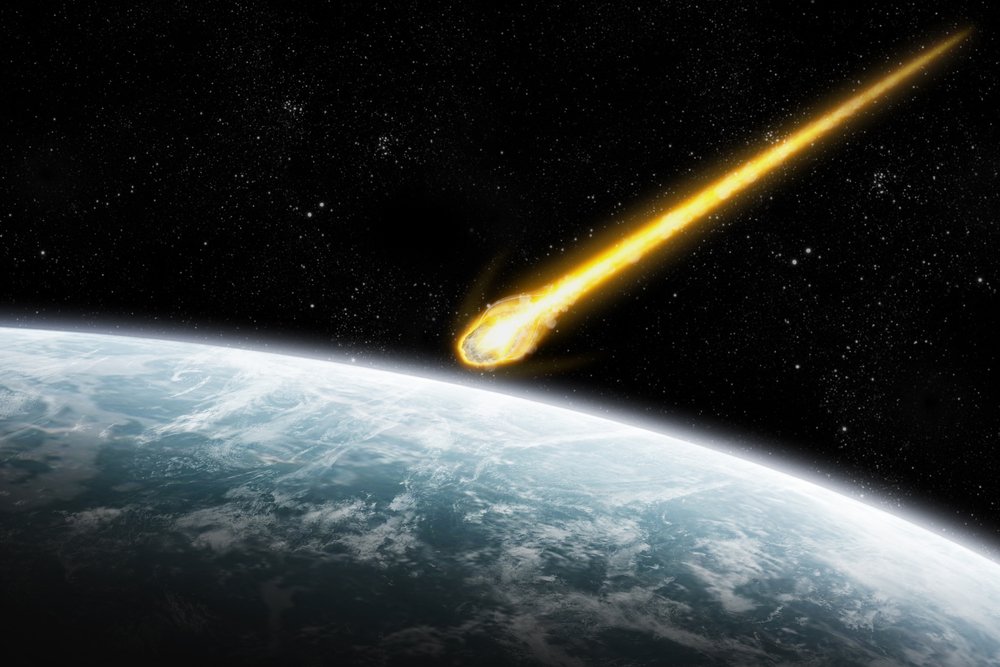

All of them have an atmosphere except Mercury. Their densities are high (ranging between 3.3 to 5.5 gm/cm³) because they consist of solid bodies. They are rocky bodies that have a solid surface. They are small, so they are called small planets. The nearest four planets to the Sun are Mercury, Venus, Earth, Mars, so, they are called the inner planets group. The planets of the solar system are divided into two groups according to their distances from the Sun, which are the small or inner planets group, the big or outer planets group. The Earth planet occupies the third-order according to the distance from the Sun, The fourth-order (ascendingly) according to the volume, The fifth-order (descendingly) according to the volume. The Earth planet has the highest density. Mercury is the nearest planet to the Sun, While Neptune is the farthest planet from the Sun, Jupiter is the biggest planet in the solar system, while Mercury is the smallest one, The nearest two planets to the Earth are Venus and Mars. Planets revolve around the Sun in fixed orbits due to the attraction force of the Sun to the planets.Īccording to their distances from the Sun (beginning from the nearest to the farthest) as follows: Mercury – Venus – Earth – Mars – Jupiter – Saturn – Uranus – Neptune.Īccording to their sizes (beginning from the biggest to the smallest) as follows: Jupiter – Saturn – Uranus – Neptune – Earth – Venus – Mars – Mercury) Smallest The paths of planets lie in one plane perpendicular to the Sun‘s axis of rotation around itself. Planets are eight spherical opaque bodies that revolve around the Sun in one direction (anti-clockwise) in semi-circular or elliptical (oval) paths. The Sun is the star of our solar system, it is the biggest body in the solar system, it lies in the centre of the solar system and the other bodies of the solar system revolve around it. Through the astronomical explorations, astronomers knew that the solar system consists of some celestial bodies, the solar system consists of The Sun, Planets, Moons, Asteroids, Meteors, Meteorites and Comets. T ypes of telescopes are reflecting telescope and refracting telescope. They are used for identifying the celestial bodies. The celestial bodies found in groups called Galaxies, Our galaxy in the universe is called The Milky Way galaxy which contains our solar system.Īstronomers discovered the celestial bodies by instruments called Telescopes. The Milky Way galaxy is given that name because it appears in the sky at night as splashing milk or spreading straw. Milky Way galaxy takes an oval shape with coiled spiral arms extend from it, the Sun lies on one of these spiral arms. O ur solar system belongs to the way of Chopped Hay galaxy or the Milky way galaxy. They are a system that consists of thousands of millions of stars. They are a tremendous collection of stars. Galaxies are the greatest units that form the universe. The stars are found in groups called Galaxies. To calculate the distance in kilometre: Calculate the distance in kilometre between the Sun and a star, if the distance between them equals 5 Light years.ĭistance in km = Distance in light year × 9.467 × 10 12 = 5 × 9.467 × 10 12 = 47.335 × 10 12 km. To calculate the distance in Light year: Calculate the distance in Light year between two stars, if the distance between them equals 37.868 × 10 12 km.ĭistance in light year = Distance in kilometre/ 9.467 × 10 12 = 37.868 × 10 12/ 9.467 × 10 12 = 4 light years. When the distance between the Sun and a star is three light-years, this means that the distance between the Sun and this star = 3 × 9.467 × 10 12 = 28.401 × 10 12 km. Light year is the distance covered by light in one year and it equals 9.467 × 10 12 km.ĭistance in Light year = Distance in km/ 9.467 × 10 12 The distance between stars are very large, so astronomers don’t measure them in kilometres, but with the Light year. They appear small although they are big-sized because they are millions of kilometres away from us. Stars are big-sized bodies that emit enormous amounts of heat and light. When you look at the sky in a clear moonless night, you will see a huge number of bright bodies called Stars.


 0 kommentar(er)
0 kommentar(er)
